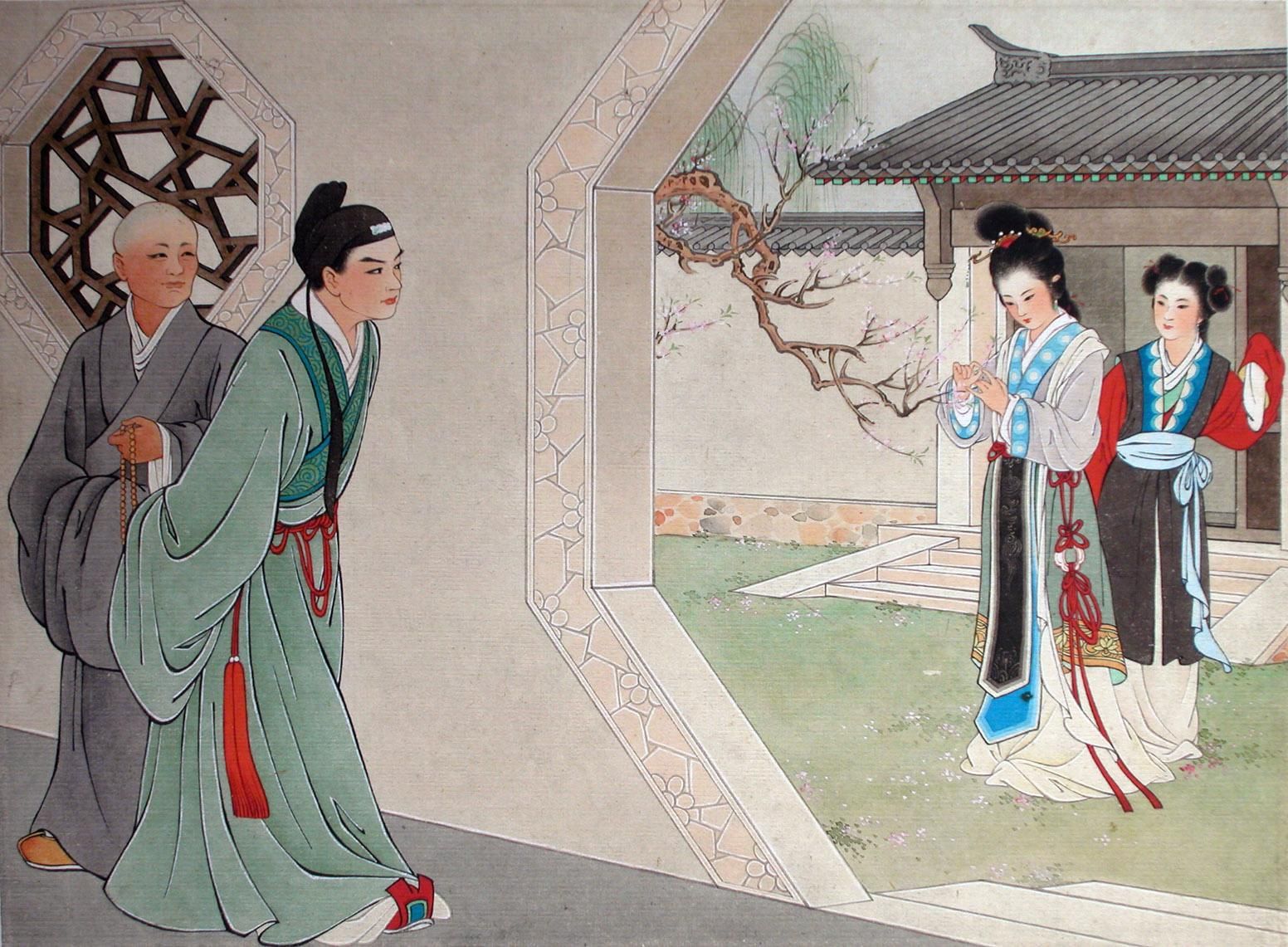Distinctive narratology serves Chinese literary research

The Western literary theories fail to analyze the story type of some of the Chinese literary works, such as the Romance of the Western Chamber, which had been rewritten in different versions since the story was first created in the Tang Dynasty and consisted of several story types.
As a foreign literary theory, Western narratology expanded the breadth of research into ancient novels and operas, providing perspectives that Chinese scholars had not examined. Meanwhile, Western theories have drawbacks and limitations when applied to Chinese studies. In recent years, Chinese scholars have been pushing for the construction of a distinct Chinese branch of narratology. This theory and method has been successfully applied in broadening the research scope of ancient literary narratives and has its own distinct features and advantages.
French scholar Tzvetan Todorov put forward the term “narratology” in 1969, marking the formal establishment of the discipline. Western narratology was introduced into China and applied to the study of Chinese ancient novels and operas in the 1980s, said Miao Huaiming, a professor from the College of Arts at Nanjing University.
For more than 30 years, the application of new theories and methods has greatly boosted the study of Chinese fiction and achieved a number of important research outcomes. However, Miao pointed out that blindly applying some basic theories and methods of narratology to popular literary works, such as ancient Chinese novels and operas, not only simplified narratology into a purely technical work, but also greatly reduces the depth of the analysis of the characteristics of the literary works.
Over a long period of academic practice, Ning Jiayu, a professor from the College of Arts at Nankai University, found that the major Western theories cannot fully explain some of the practical problems in the local Chinese research. Ning argued that the distinctive focus of Western narratology confines its prospects in the Chinese context. Western forms of research fail to pay enough attention to some aspects of Chinese popular literature, as seen in analysis of the story type of works such as the Romance of the Western Chamber, which was made up of several different styles and writers. In this light, scholars have put forward the idea of constructing a “Chinese narrative and cultural studies,” a narrative theory based on China’s own literary resources and discourse system.
Ning said methods of the “Chinese narrative and cultural studies” could effectively solve problems related to the lack of research on the overall form of Chinese narrative literature, which came about due to the consistent focus of the Western literary theories on the stylistic history and works of writers.
“Chinese narrative and cultural studies” draws on the theories and methods of narratology and thematic studies. Miao said that on the one hand, it absorbs rational and effective components from the theories and methods of narratology but avoids mechanization and simplification, focusing on the evolution and social cultural connotations behind the narratives. On the other hand, the introduction of thematic methods from folk literature studies to research on literati creations provides new research methods and perspectives for narrative studies. In a nutshell, “Chinese narratives and cultural studies” represents a research pattern with national characteristics based on the absorption, reference and localization of Western narratology.
Zhang Guofeng, a professor from the School of Liberal Arts at Renmin University of China, said Chinese narratology is still in its infancy. From the perfection of the theories to the differentiation from adjacent disciplines, from the analysis of the themes of stories to the generalization of the history of novels, from the analysis of individual cases to general descriptions, there is still a long way to go.
The Chinese narrative and cultural system was constructed with three key words: “Chinese,” “narrative” and “culture.” It has its own academic problems that are difficult to avoid but must be answered. For example, finding ways to deal with the relationship between Chinese culture and global culture in order to make the construction of “Chinese narrative and cultural studies” gain greater discourse power in the global cultural competition; finding ways to deal with the relationship between narration and aesthetics so as to integrate “Chinese narrative and cultural studies” into the overall pattern of aesthetic culture.
Guo Yingde, a professor from the College of Arts at Beijing Normal University, said putting forward and answering these academic questions will help promote the construction and practice of “Chinese narrative and cultural studies,” and further development of Chinese literature and culture.
(edited by SUI JINGJING)
